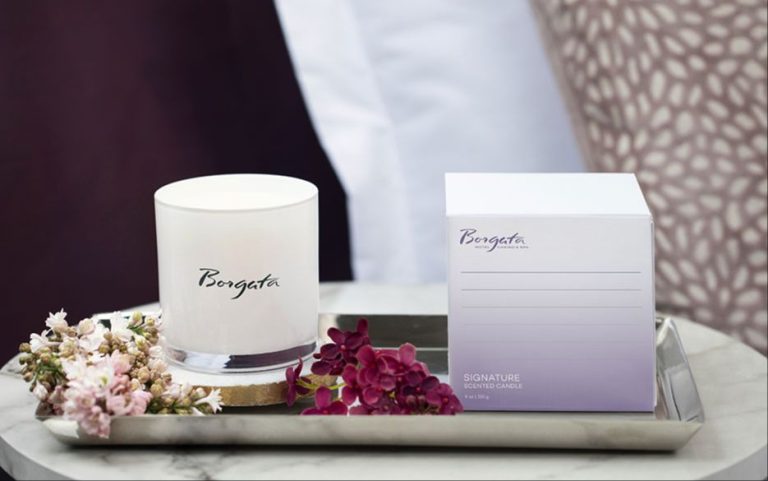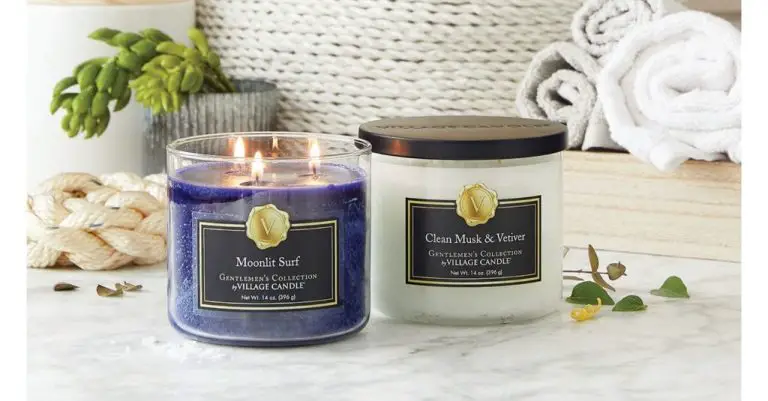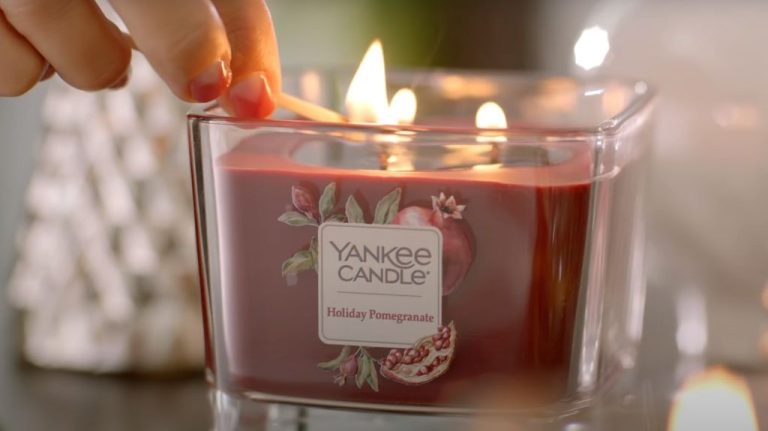Do Bug Repellent Candles Work?
Bug repellent candles are candles that are infused with essential oils, such as citronella, lemongrass, and cedarwood oils, that help repel mosquitoes and other bugs. The oils give off a scent that masks human odors, making people less attractive to bugs. The main question this article will address is: Do bug repellent candles actually work to repel mosquitoes and other insects?
We’ll examine the science behind how bug repellent candles are supposed to work, look at scientific research on their effectiveness, discuss anecdotal experiences people have had with the candles, and provide recommendations on optimal usage. We’ll also cover any limitations of the candles and discuss safety considerations and alternatives to bug repellent candles.
How Bug Repellent Candles Work
Bug repellent candles contain active ingredients like citronella and lemon eucalyptus oils that help repel insects like mosquitoes. According to the EPA, citronella oil has been used for over 60 years as an insect repellent. It works to repel insects without harming or killing them (source).
These oils have strong, distinctive scents that bugs find unpleasant and overwhelming. The aroma masks other attractants like carbon dioxide in human breath. This makes it harder for mosquitoes and other bugs to locate their human targets (source). As the candle burns, it releases the oils into the air around it, creating a protective bubble of bug-repelling fragrance.
Citronella and eucalyptus oils are natural plant-based products, so they are considered safer and less harsh than synthetic chemical repellents. However, the candles need to contain a sufficient concentration and distribution of oils in order to be effective.
Testing Methodology
There are standardized scientific procedures for testing the effectiveness of bug repellent candles under controlled conditions. These methods allow researchers to evaluate the repellency and duration of protection in a consistent, replicable way.
A common testing methodology is outlined in documents like “Technical Insights: Method for mosquito repellent tests on candles” [1]. This involves enclosing a burning candle in a cage surrounded by another larger cage filled with disease-free mosquitoes. The percent repellency is calculated by comparing the number of mosquitoes that enter the inner cage over a set duration versus a control candle.
While lab testing provides useful data under ideal conditions, real-world environments can differ. Factors like airflow, temperature, and humidity may impact results. Anecdotal user experiences in indoor and outdoor settings can provide complementary evidence about how effective bug repellent candles are in practice.
By combining controlled testing and observational data, researchers can develop a more complete understanding of candle repellency.
Scientific Research Findings
Multiple scientific studies have been conducted evaluating the effectiveness of citronella candles at repelling mosquitoes. In one notable field study published in the Journal of the American Mosquito Control Association, researchers tested 3% citronella candles and 5% citronella incense against mosquitoes (Lindsay et al. 1996). The candles and incense were placed in outdoor test areas containing caged mosquitoes. The researchers measured the number of mosquito landings on human subjects with and without the citronella products burning nearby.
The results showed that the 3% citronella candles provided an average of 42.3% repellency against Aedes mosquitoes when measured 15cm away from the candle. The 5% citronella incense provided slightly higher repellency rates. However, the protection offered by both products decreased sharply at distances greater than 15cm from the candle or incense stick. The researchers concluded that 3% citronella candles may provide some limited protection from mosquito bites when used in close proximity, but the area of effectiveness is very small.
A similar study by the University of Guelph in Canada found that 5% citronella candles reduced mosquito bites by 42% on average (Fradin 1998). Taken together, these controlled studies indicate citronella candles may provide modest protection if used correctly, but the area of effectiveness is limited.
Anecdotal Evidence
User reviews and testimonials on sites like Amazon indicate that some people have had success using citronella candles and other bug repellent candles to keep mosquitoes and other bugs away from their patios, campsites, and other outdoor areas. Many reviewers report that the candles help create a “zone of protection” and make it possible to enjoy being outside without getting bitten. However, there are also some negative reviews from users who say the candles didn’t seem to make any difference and they still got lots of bites.
When considering anecdotal evidence, it’s important to keep in mind potential biases. People who had a positive experience are naturally more inclined to leave a review than those who did not notice any effect. There may also be a placebo effect at play, where people expect the candles to work so they perceive fewer bites even if the candle did not actually repel insects. Controlled scientific testing helps account for these biases, so anecdotal reports should not be considered definitive evidence of effectiveness.
Optimal Usage
To get the most effectiveness from bug repellent candles, proper placement is important. Studies show that citronella candles provide minimal protection beyond a range of 2 feet. For the best results, place candles within a couple feet of where you will be sitting outside. Position the candle upwind, so the breeze carries the scent in your direction. Light multiple candles around your seating area to increase the coverage. While the level of active repellent compounds diminishes over time, refresh the scent every few hours by blowing out the candle and relighting it. This helps maximize the duration of protection. However, research indicates even newly lit citronella candles only provide about 20 minutes of protection before mosquito activity returns to normal levels.
Sources:
[1] https://www.science.org/content/article/want-repel-mosquitoes-don-t-use-citronella-candles
[2] https://www.nytimes.com/wirecutter/blog/citronella-candles-mosquito-repellents-dont-work/
Limitations
While bug repellent candles like those containing citronella oil seem like an easy and natural way to repel mosquitos, they have some notable limitations compared to more effective repellents like DEET. According to research from the New York Times, citronella candles provide little to no additional mosquito protection beyond just burning a regular candle. The smoke itself provides a small physical barrier, but the citronella oil does not appear to repel mosquitos as is commonly believed (Source).
Studies have shown that DEET-based sprays and lotions are vastly more effective against mosquitos than citronella oil. DEET works by blocking mosquitos’ sense of smell so they cannot detect humans. Citronella candles have a much smaller radius of effectiveness compared to DEET repellents. Even in optimal weather conditions with little wind, citronella candles only provide about a 6-foot radius of protection. They also become less effective in windy conditions that dissipate the scent and smoke (Source).
Safety
Citronella oil and other essential oils used in bug repellent candles can pose safety hazards if used improperly. Inhaling the fumes continuously over long periods may cause toxicity or irritation for some individuals. The ASPCA lists citronella as potentially poisonous to pets if ingested (cite: https://www.nytimes.com/wirecutter/blog/citronella-candles-mosquito-repellents-dont-work/). Burning multiple candles at once or in small enclosed spaces increases concentration of fumes. It’s best to use citronella candles outdoors or only burn for 1-2 hours at a time indoors. Open windows or run fans to promote ventilation.

Like any open flame, bug repellent candles also pose a fire hazard if left unattended, placed near flammable materials, or tipped over. Never burn candles overnight or leave pets and children unsupervised around them. Extinguish candle flames before going to sleep or leaving a room. Follow manufacturer safety guidelines on burn times and proper handling.
Alternatives
There are other effective mosquito repellent options besides bug repellent candles. According to The New York Times, products containing DEET or picaridin are recommended by experts as reliable mosquito repellents. DEET has been registered for public use since 1957 and is the most extensively tested mosquito repellent. Picaridin products with 20% concentration provide complete protection similar to DEET products.
Wearing protective clothing like long sleeves, pants, hats, and closed toe shoes when outdoors can provide a barrier against mosquito bites. Using mosquito netting over beds, strollers, and play areas is also effective for protection. The CDC advises treating clothes with permethrin, which binds tightly to fabric and remains effective through several washings. Light colors are preferable, since mosquitoes are drawn to dark colors.
Conclusion
In summary, the research shows mixed results on the effectiveness of bug repellent candles. Some studies have found citronella candles can provide moderate protection against mosquitoes when used correctly. However, the area of effect is very limited, usually only a few feet around the candle. Wind and other environmental factors can also reduce effectiveness. Anecdotal reports from consumers are also mixed, with some finding the candles helpful for creating an outdoor gathering space free of bugs, while others notice no discernible effect.
Overall, the verdict is that citronella and other bug repellent candles likely provide some protection from mosquitoes if used properly, but should not be relied upon as a standalone deterrent. They can be one part of an integrated pest management plan, but additional measures like DEET sprays or protective clothing should also be used for full protection. The candles are not a magic solution to creating a bug-free zone, but more like a supplementary aid that might reduce bites to some degree. Proper placement and consistent use is key to getting the most benefit. Given their limitations, bug repellent candles are worth trying, but expectations should be set accordingly.





